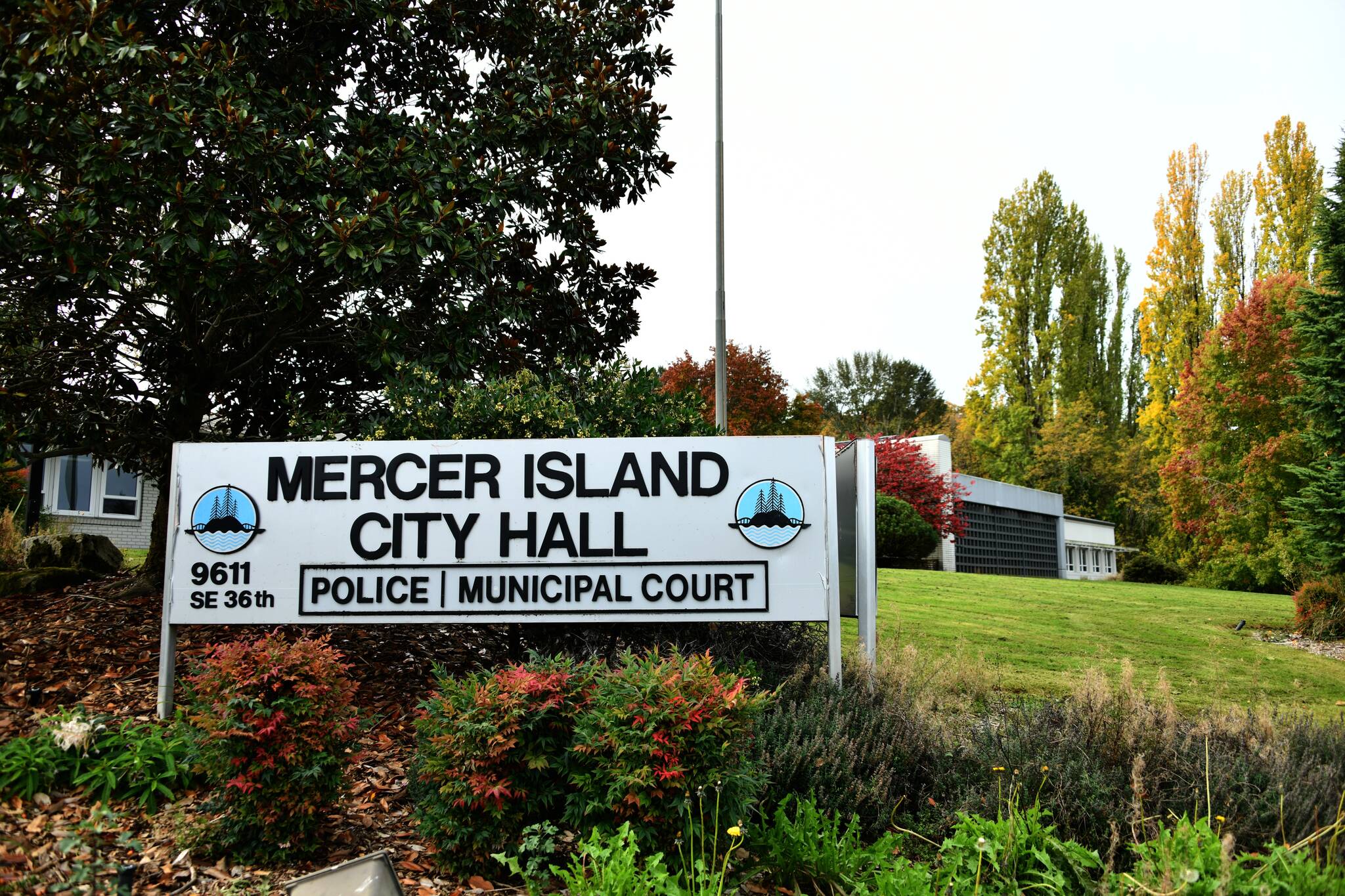Mercer Island city staff and council, along with consultants, engaged in a robust Climate Action Plan (CAP) discussion in July on where the city’s first-ever plan stands in the developmental stages of its 16-month process.
After receiving upcoming public feedback through a statistical survey and community meeting and finalizing the CAP plan in late 2022/early 2023, staff expects to present the final plan to council for adoption in February of 2023.
“We want to make sure that we have the best information going forward and the most feedback for all parties, including the full council, on where we can optimize our approach,” said Ross Freeman, city sustainability program analyst, at the July 19 council meeting. Staff will bring the CAP back to council in September for a final review of how the survey will read before mailing it to 2,500 randomly-selected Island residents.
According to the city’s Let’s Talk page, the CAP’s vision is to “guide the government, business, and resident actions needed to reduce the community’s greenhouse gas (GHG) emissions and protect our environment.” The city’s CAP will focus on: mobility/transporation/land use; buildings and energy; materials, waste/recycling, consumption; natural resources/trees/water; and community resilience/adaptation. Some of the city’s priorities are to reduce emissions, be cost effective and be feasible.
At the July 19 meeting, Freeman and Cascadia Consulting Group associates unveiled an updated Island GHG inventory, which depicts the current emissions trajectory; and demonstrated its interactive “wedge analysis” tool, which assesses the GHG contribution of different sectors of the economy to explore various emission scenarios, according to city documents.
Cascadia’s Addie Bash said that in order to mitigate climate change, all levels of government will need to be involved in emissions reductions. Local governments can play key roles in controlling or directly influencing building construction, transportation investments, land-use decisions and more. With stats in hand, Bash noted that about 55 percent of the world’s population reside in cities and cities produce more than 70 percent of global emissions.
A strategic approach to action development could include, in part, identifying actions that maximize impact, such as identifying the largest sources of emissions on the Island; and evaluating policies, outreach and education programs, reads a city document.
On the Mercer Island GHG inventory front, Cascadia collected 30-plus data files, including utility billing, regional transporation, state and federal fuel sales and more. The largest Mercer Island emissions in its 2019 profile stood at 28% for both building electricity and on-road passenger vehicles, 20% for air travel and 15% for building natural gas.
“Moving forward, we recommend that the city update inventories every 2-4 years, meaning that your next update would fall in 2023 and would include emissions from 2021 and 2022,” said Bash, noting that Cascadia utilized 2019 data because COVID-19 denied 2020 from being a representative year.
Bash added that as of 2020, the city of Mercer Island has offset 100 percent of its electricity by buying green power to create a cleaner energy grid.
As for the “wedge analysis,” it helps prioritize where to focus local resources to maximize impact, supports the development of key performance indicators and more. Cascadia figured that Mercer Island will issue an annual CAP progress report.
According to a “wedge analysis” snapshot, the Island’s emissions reduction targets (with a percentage established from a 2007 baseline) are 50% for 2030, 75% for 2040 and 95% for 2050.
For more information on the CAP, visit www.mercerisland.gov/CAP.


